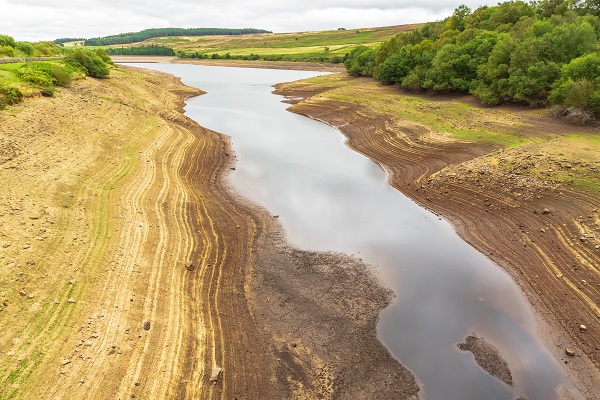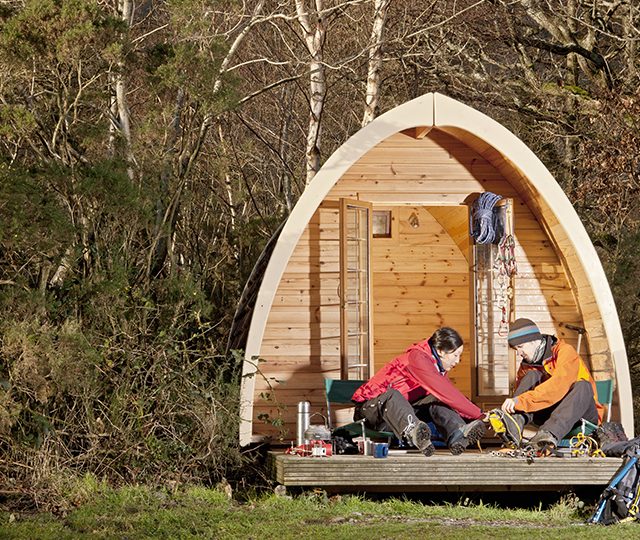Demystifying green lending for land managers
Farms and rural estates will increasingly draw on multiple sources of income in the future, given revenues from agriculture are projected to decline as direct support is phased out. There is almost universal agreement on this.
Meanwhile, land managers are being asked to impact less on the environment and to do more to protect and enhance natural capital, leading to questions about where the finance to support such work will come from.
One area which is perhaps not fully understood within the land-based sector is the role that green bonds might play in terms of funding investment projects which address this critical challenge.
Green bonds explained
To understand green bonds, it is important first to understand what a bond is. When most farms and estates want to borrow money they talk to their bank and apply for a loan. However, if you are a big corporate business, rather than apply for a loan, you put out an offer inviting investors to tender to lend you the money by buying a bond.
A green bond takes this a step further, where the issuer includes within the bond’s terms of references a pledge to use the proceeds to fund projects which will bring environmental or climate change benefits. For example, it might include commitments to spend a certain percentage of the money borrowed on reducing energy use or cutting carbon emissions.
The market for green bonds is going through a period of massive growth with investors increasingly keen to use their money in a way which is sustainable and good for society. This interest extends from large corporations right down to small investors – a fact noted by the government which has announced plans to offer green savings bonds through National Savings and Investment (NS&I) from summer 2021. Money raised through this savings bond is expected to be invested in green infrastructure projects including building offshore wind farms, accelerating the transition to electric vehicles and revamping homes and public transport.
With such momentum in this space, there is clear potential for natural capital projects managed by farmers and landowners to attract investment. While individual initiatives may not be at a sufficient scale to attract investors, there is potential for green bonds to be used which bring together landowners so they deliver projects across a wider geographical area. Strutt & Parker is uniquely placed to take this opportunity forward given its parent company, the bank BNP Paribas, has a strong track record of working with green bonds.
Green covenants explained
Banks are among the wide range of large, multinational companies who are signing up to ambitious commitments to reduce their carbon emissions and improve biodiversity as part of their obligations on Corporate Social Responsibility (CSR).
While some of this can be delivered by operational improvements within their own businesses, banks are also looking at how they can improve their loan book to demonstrate that they are lending money to people who are doing the right thing in the right way.
Green covenants are now being inserted into the terms of some larger loan agreements, which require the borrower to match some of the environmental commitments made by the bank.
At the moment, such loans are being offered on preferential terms – to act as an incentive for borrowers to sign up. However, as these loans are rolled out to medium- and smaller-sized businesses, it is possible that the approach will be to replace the ‘carrot’ with the ‘stick’.
The direction of travel does look as if borrowers will need to jump through more hoops in future to prove their green credentials. It is not impossible, for example, that banks may wish to see farmers joining the Environmental Land Management (ELM) scheme in order to access finance.
ESG as a driver of finance
Corporate companies are also very mindful of their Environmental, Social Governance (ESG) criteria, so are actively looking for opportunities to invest in areas that will be positive for carbon sequestration and biodiversity.
It is an area which we at Strutt & Parker are firmly focused on and we are in talks with a number of large corporations about how they could get involved. Many of these companies are initially focused on the idea of tree planting – which is complicated given the problems around a lack of land available for purchase and planting – but we believe there are also exciting opportunities for them to get involved in projects such as peatland restoration, increasing soil carbon and large-scale renewables.
This blog post is based on a presentation given during a webinar hosted by Lodders Solicitors. If you would like to know more about trends and opportunities in green lending, please contact Karl McConville.






